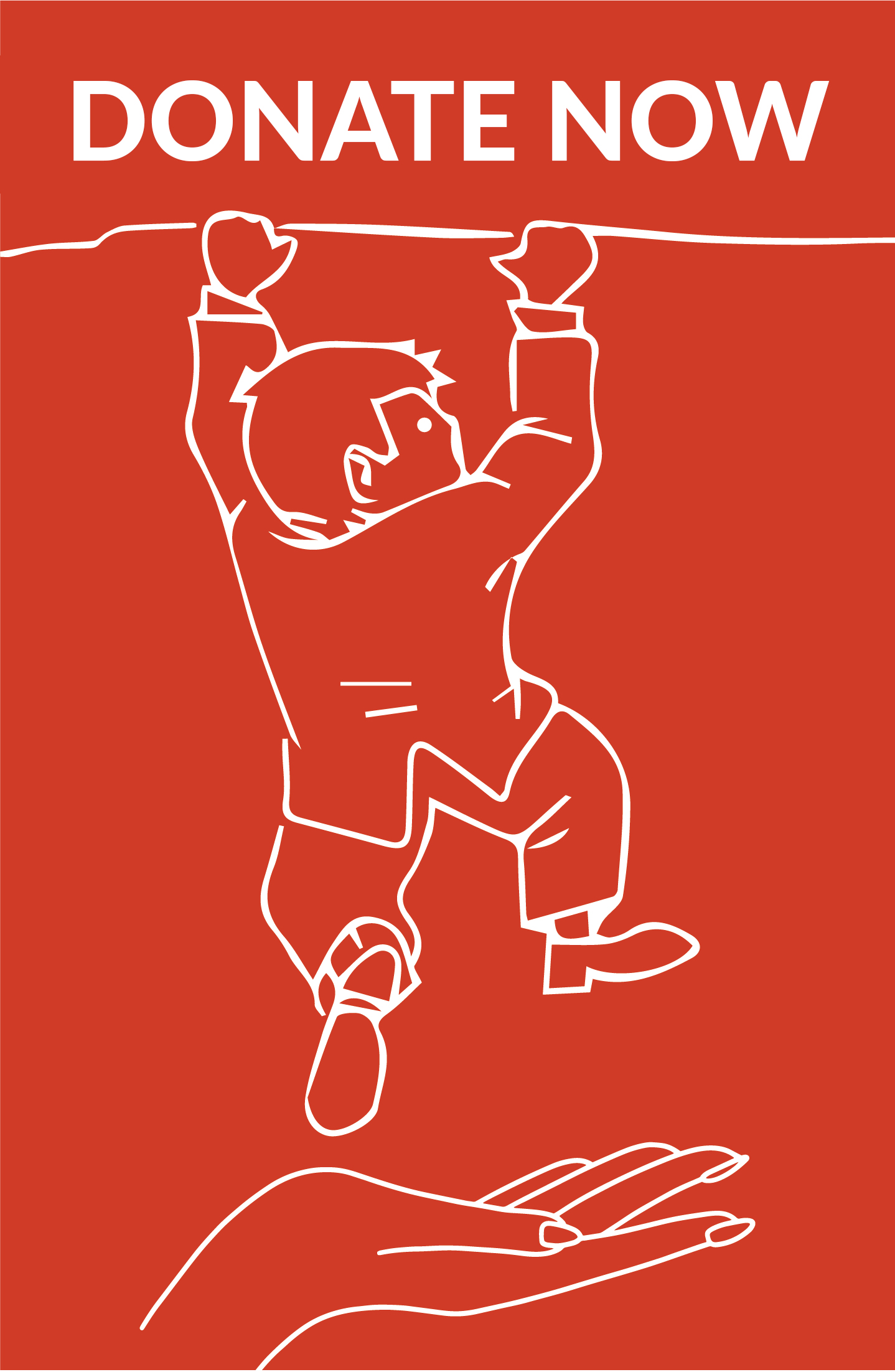It’s impossible to recover entirely from psoriasis but it can be effectively treated with drugs that are used to keep the disease under control, significantly improving life of those who are affected, thanks to the therapeutic treatments availaible that are specific to each kind of psoriasis. Treatments are different depending on if it’s mild, intermediate or severe.
-
Mild cases
In milder cases, symptoms can easily be controlled with topical therapy, that is to say creams, ointments, lotions, body cleansers and shampoo.
-
Intermediate cases
Therapeutic options for intermediate forms include phototherapy and systemic pharmacotherapy. Phototherapy consists in exposure to special lamps for a few days every week. In systemic medical therapy, drugs are administered either by mouth or via underskin or intramuscular injection, generally starting with brief cycles of low dose steroids.
-
Severe cases
Severe cases require systemic medical therapy to modulate and contain inflammation, the immunologic mechanism underlying the disease. Options for systemic therapy include immunosuppressive or immunomodulatory drugs such as methotrexate, cyclosporine, fumaric acid and apremilast. Systemic retinoids, such as acitretin, have also proved effective against psoriasis. Recent advancements in molecular biology have led to the development of the so-called biologic agents, synthetic molecules designed to act on the molecular mechanisms of inflammation, with excellent results in the most severe cases. Yet another option is PUVA therapy, a combination of psoralens, taken by mouth, with an exposure to ultraviolet A (UVA) light beams.
As you see, there are many effective strategies against psoriasis: the key for a successful treatment is a strict compliance with the therapeutic scheme prescribed by the specialist.
What are the treatments for curing Psoriasis?
Psoriasis treatments are necessary for dealing better with the disease and for your health in general. Talk with your doctor to find the right treatment(s) to reduce or make the symptoms disappear.
Treatments are different from person to person. Therefore it’s important knowing options and keep trying until you find the right cure.
-
Phototherapy:
Except for some cases, the exposure to the sunlight in summer determines frequently an improvement and sometimes the full disappearance of the stains of psoriasis; this effect can last for a long time also after the end of the exposure.
Research has shown that wavelengths between 311-313 nm are the most effective for treating psoriasis.
So are used narrow band UVB light bulb that emits an ultraviolet radiation with a peak at 311 nm. The patient need a controlled exposure both for the intensity of the radiation and for the duration of the treatment. The alernative is PUVA therapy, also called photochemotherapy. Patients have to take psoralen pills(natural products) in combination with type A ultraviolet radiation exposure (UVA, 315-400 nm).
Psoralen,a photosensitizing substance, triggered by UVA radiation, inhibits the rapid development of skin cells. This kind of therapy , discouraged during pregnancy, can produce undesirable side effects such as nausea, headache, fatigue, sting and itching; keep in mind that if you don’t commit to medical recommended dosage, this therapy can increase the risk of skin cancer.
Disclaimer: medical phototherapy devices are different from indoor tanning devices used for esthetic purposes, therefore indoor tanning cannot replace phototherapy as an effective treatment of psoriasis.
-
Local therapy (topical treatment)
Recommended for mild cases of Psoriasis. Click here for more infos.
-
Systemic treatment
They are usually used for individuals with moderate to severe psoriasis. Click here for more infos.


